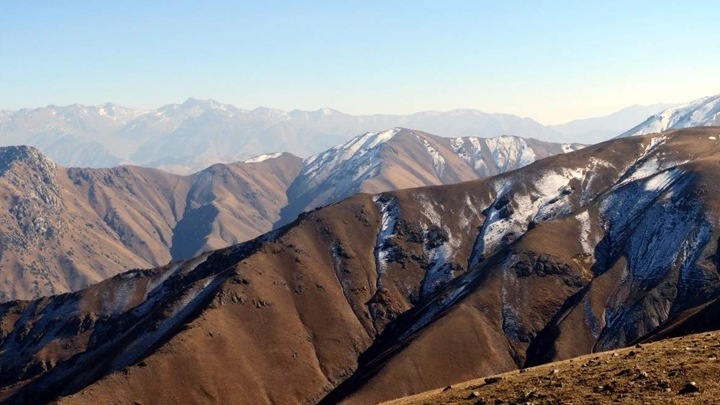Gold mining and hydroelectric power plants threaten the ecosystems of the Western Tien Shan
The International Union for Conservation of Nature (IUCN) has published an updated assessment of the status of the Western Tien Shan World Heritage Site, assigning it the status of “causing serious concern.” This cross-border facility, located on the territory of Kazakhstan, Kyrgyzstan and Uzbekistan, is facing growing threats that call into question its long-term preservation.

The Western Tien Shan was included in the UNESCO World Heritage List in 2016 due to its exceptional biodiversity. Mountain landscapes, stretching at altitudes from 700 to more than 4,500 meters, are home to many rare and endemic species of animals and plants. The region is of particular value as a world center of origin of cultivated varieties of fruit trees, including wild apple trees, apricots, walnuts and pistachios. Iconic species such as the snow leopard, the Menzbira marmot and several endangered species of vultures live here.
Despite its unique value, the future of the facility is causing more and more concern. IUCN experts call projects in the field of hydropower and mining the main threats. In all three countries, plans for the construction of hydroelectric power stations and reservoirs are being actively worked out or are already being implemented, which may lead to irreversible disruption of river ecosystems, habitat fragmentation and blocking of fish migration routes. No less serious damage can be caused by mining, in particular placer gold. There is information about plans and ongoing works that affect protected areas, which directly contradicts the Convention on the Protection of the World Heritage.
The key problem remains the lack of effective cross-border management and coordinated monitoring. Although a Regional Committee has been established to manage the facility and a plan for 2024-2028 has been approved, in practice, interaction between countries remains weak. IUCN experts note that the boundaries of individual sections of the facility are still not clearly defined and have not been rationalized from an ecological point of view, and some countries are taking unilateral actions to change them. This undermines the integrity of the entire natural complex and makes it difficult to assess the state of its biodiversity.
Other challenges include the development of tourism infrastructure, in particular plans for the construction of large ski resorts, which can have a significant impact on fragile mountain ecosystems. There are also risks associated with climate change, which leads to droughts and increases the likelihood of forest fires. Despite the fact that at the national level, legal mechanisms for nature protection are generally in place, they are not sufficient to solve complex problems of a transboundary facility. The preservation of the unique heritage of the Western Tien Shan requires urgent strengthening of international cooperation, the introduction of a unified monitoring system and the abandonment of industrial projects incompatible with the status of a UNESCO World Heritage Site.
Alexander Eskendirov (Rivers.Help!)
Original (in Russian): Добыча золота и ГЭС угрожают экосистемам Западного Тянь-Шаня


